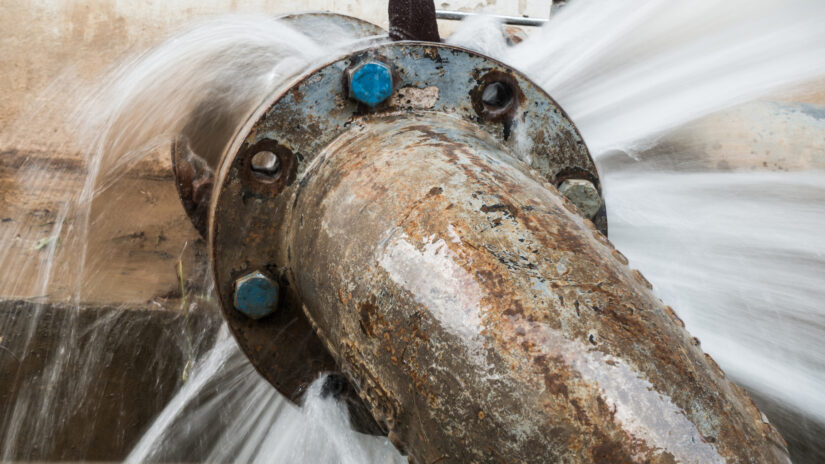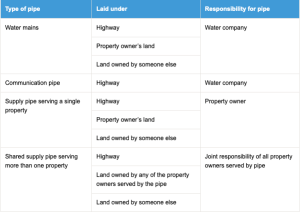
Burst water pipe – who’s responsible?
It was reported by the BBC this week that residents across large parts of east London have been without water following a “major burst” in a pipe.
People in nine postcodes had no water or low pressure after a main ruptured at Hackney Marshes.
Thames Water was inundated with complaints as people were unable to wash their hands – creating an added coronavirus risk.
But who is responsible when something like this occurs?
In the case of Hackney Marshes, the 42in (106cm) diameter pipe burst in a woodland area on Hackney Marshes which was part of Thames Water’s responsibility. Water companies keep up to date maps of sewers and water mains for which they are responsible. But they are not always the responsibility of the water company to maintain.
Here Technical Claims Handler Kieron Lowe explains more:
Water pipes
There are three different types of water pipes. Responsibility for the pipework that supplies clean water is shared between property owners and water companies.
1) Water mains are the large water company pipes that distribute water around the network. They are often, but not always, laid under highways.
2) Communication pipes carry water between the water mains and the boundary of private property. If a water company stop-valve has been fitted, this will normally mark the end of pipework that is the responsibility of the company and pipework that is the responsibility of the property owner. Not all properties will have their own stop-valve in the footpath but where one has been fitted, this is normally the responsibility of the company to maintain.
3) Supply pipes are the smaller pipes that carry water from company pipework into the property. Supply pipes run from the boundary of the property (where there may be a company stop-valve) up until the first water fitting or stop-tap inside the property. Stop-taps along the length of the supply pipe, and any water fittings, are the property owner’s responsibility to maintain.
Responsibility for different types of water pipes is as shown in the table and diagram below. However, there may be special cases in some areas, and you should contact your water company and the deeds to your property to find out more.
